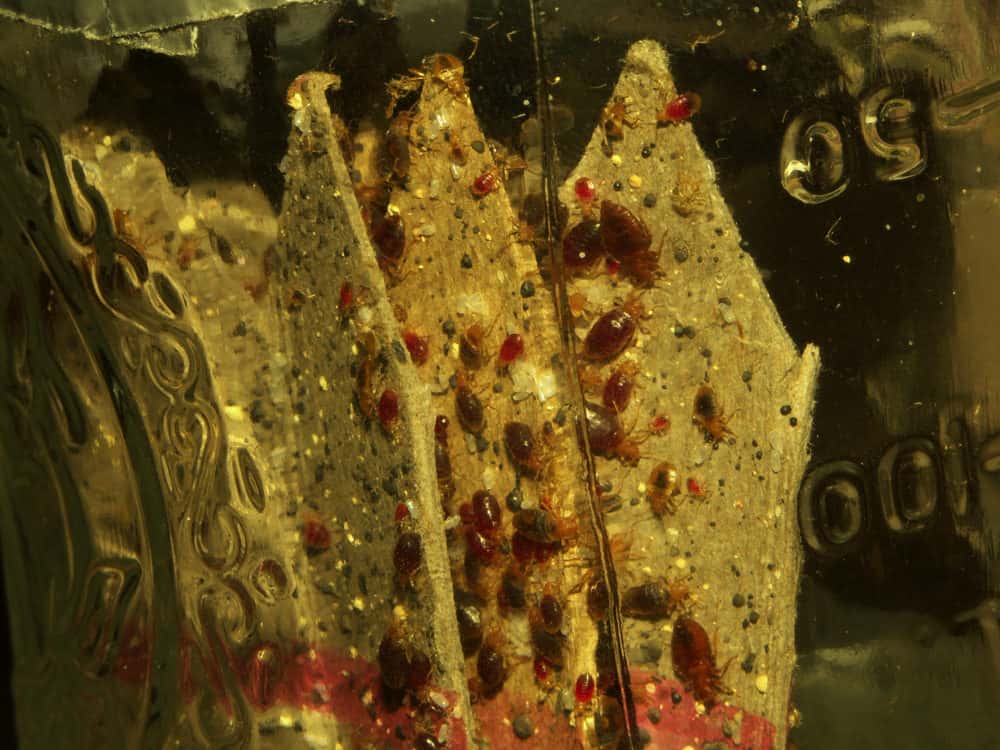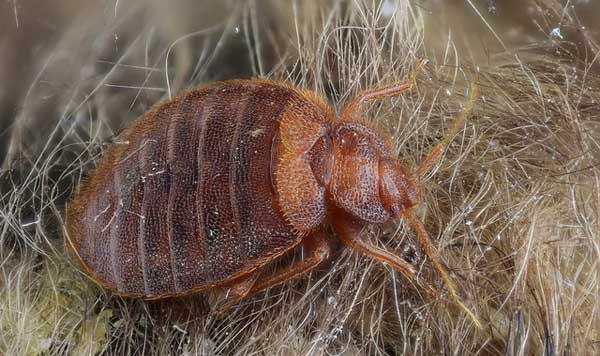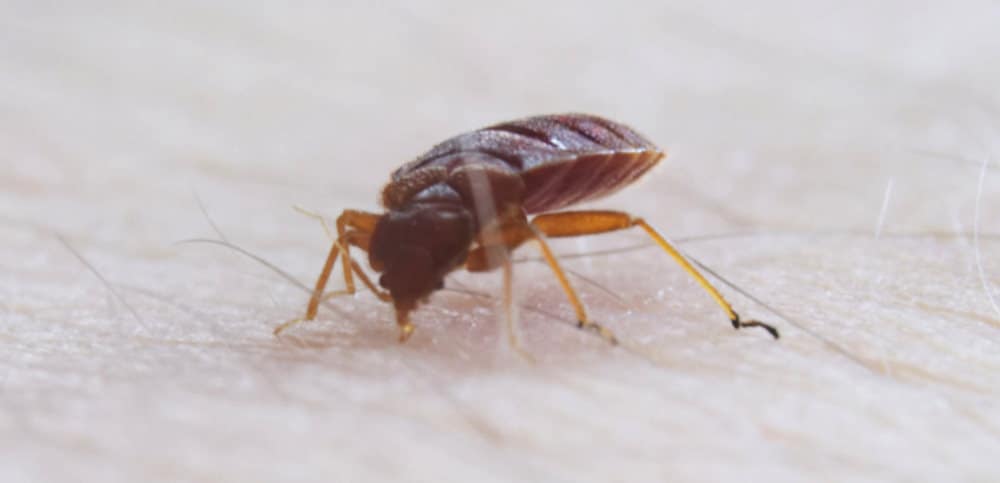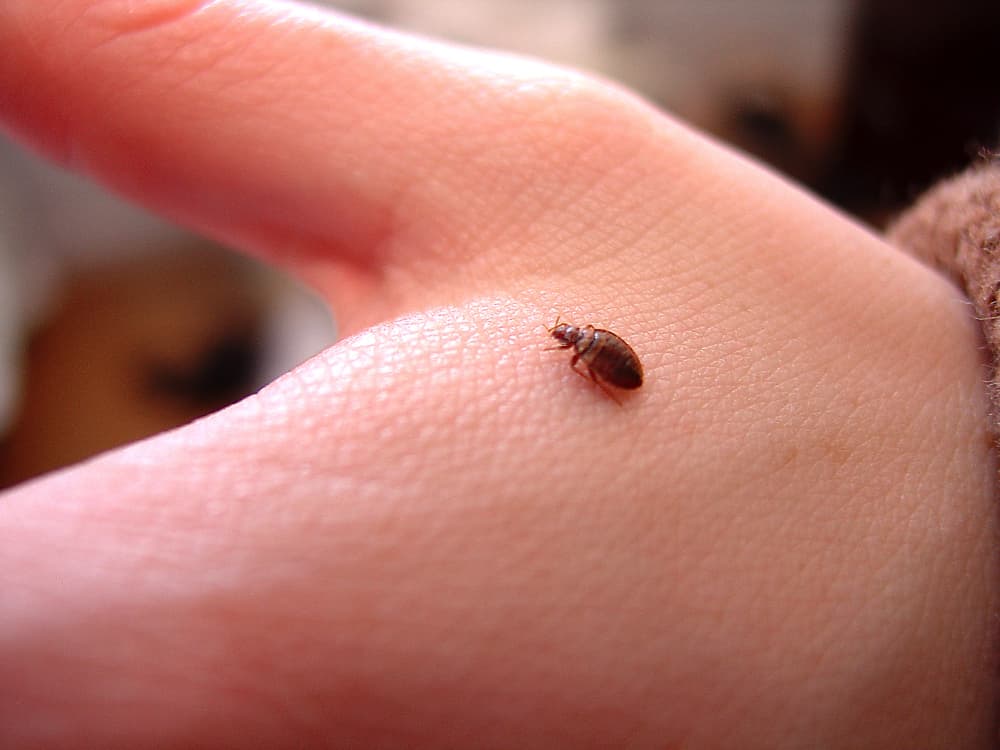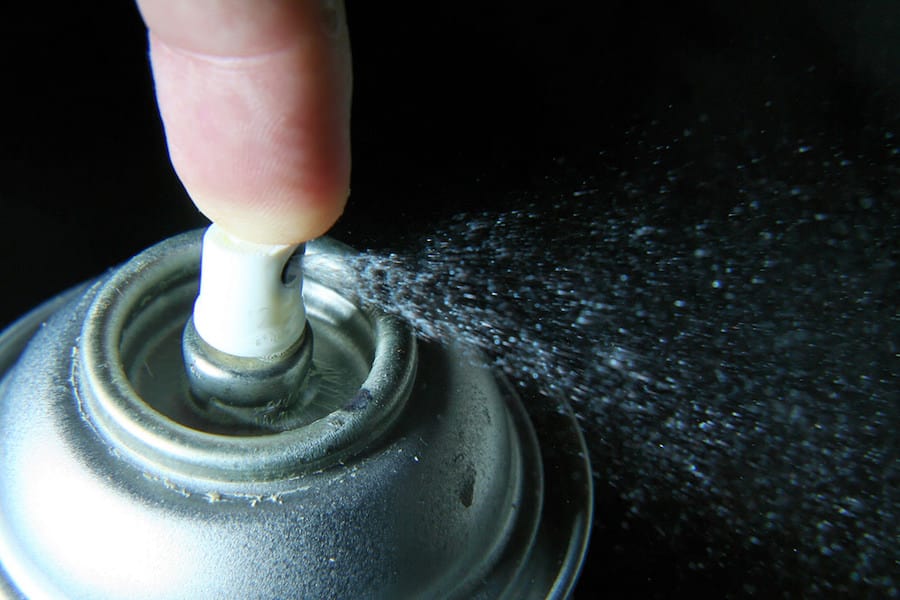Do Bed Bugs Build Nests?
Imagine what it’s like to have a biting, blood-sucking pest take up residence in your home. Picture for a moment the horror at finding a nest full of hundreds of insects hiding in your bedroom. Maybe you already know what this unhappy picture is like. Bed bug nests can grow quickly.
The good news is that once you find their hiding places, you’ve got a better chance at getting rid of the bed bugs in your home. What are you waiting for then? Dive into this information that will help you uncover the bed bug hiding spots in your house or apartment.
Where Do Bed Bugs Hide?
Bed bugs are really good hiders. It’s a part of their survival strategy. Of course, being really tiny helps when it comes to finding good hiding places. The tiniest openings in your home may be enough space for bed bugs to take up residence and even lay their eggs. And remember, it’s not just the home in which bed bugs can be found. Hotels, cars, planes, and even hospitals can be on the wrong end of an infestation.
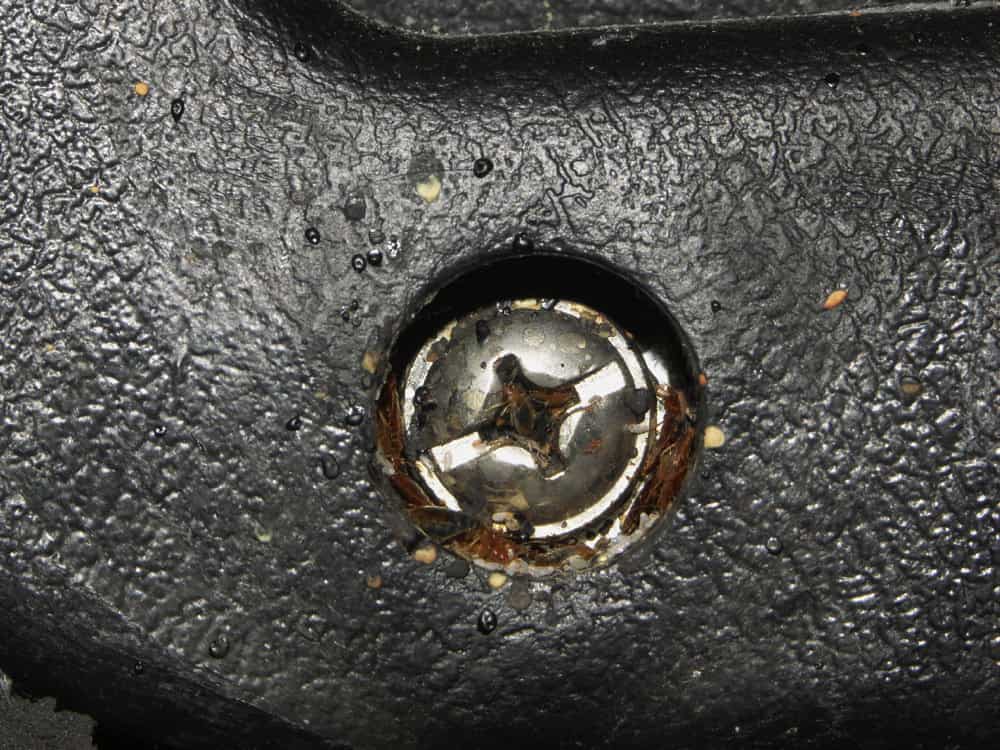
It helps to know where the most common places are for bed bugs to hide. Cracks and crevices along baseboards are quite common spots for these insects to stay when they’re not feeding. Baseboards provide shelter and warmth, and keep the bugs out of sight.
They also found spaces within the headboards or other framework of beds. Furniture in bedrooms is an especially favored place for bed bugs to hide because it’s an easy place to find a meal. These pests cannot fly or jump, which means they’re not really fast at getting around. It’s to their advantage to stay within the vicinity of their host–you.
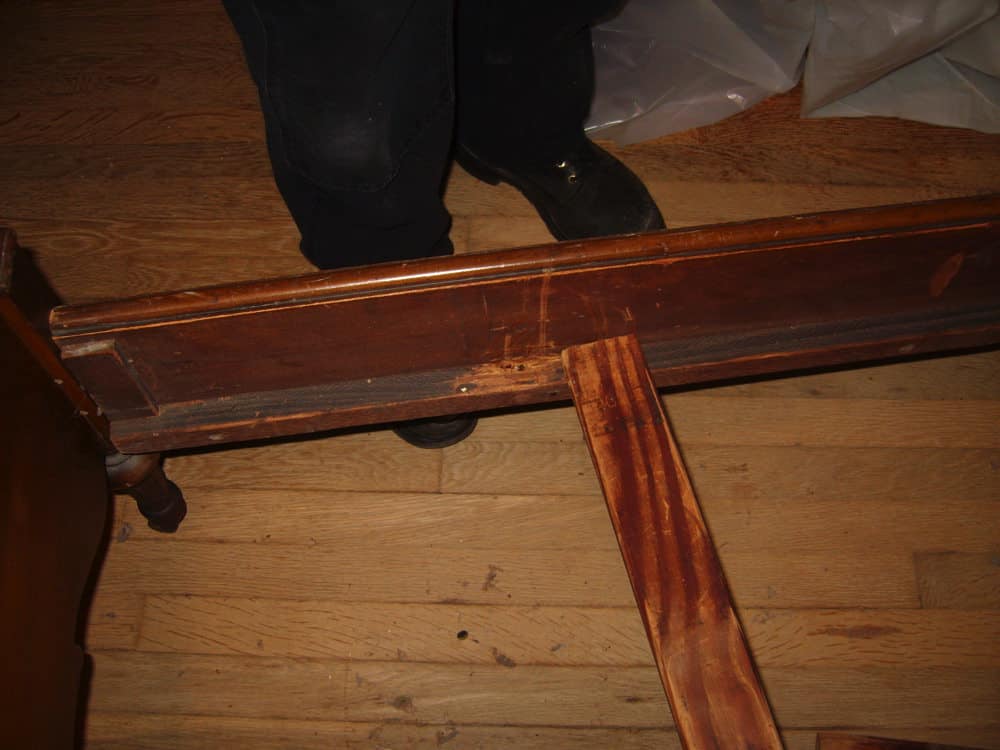
You’ll often find bed bugs under mattresses and box springs, but they can hide pretty much anywhere in a bedroom, or any other room for that matter. Leaving clutter in your room is an invitation for bed bugs to hide.
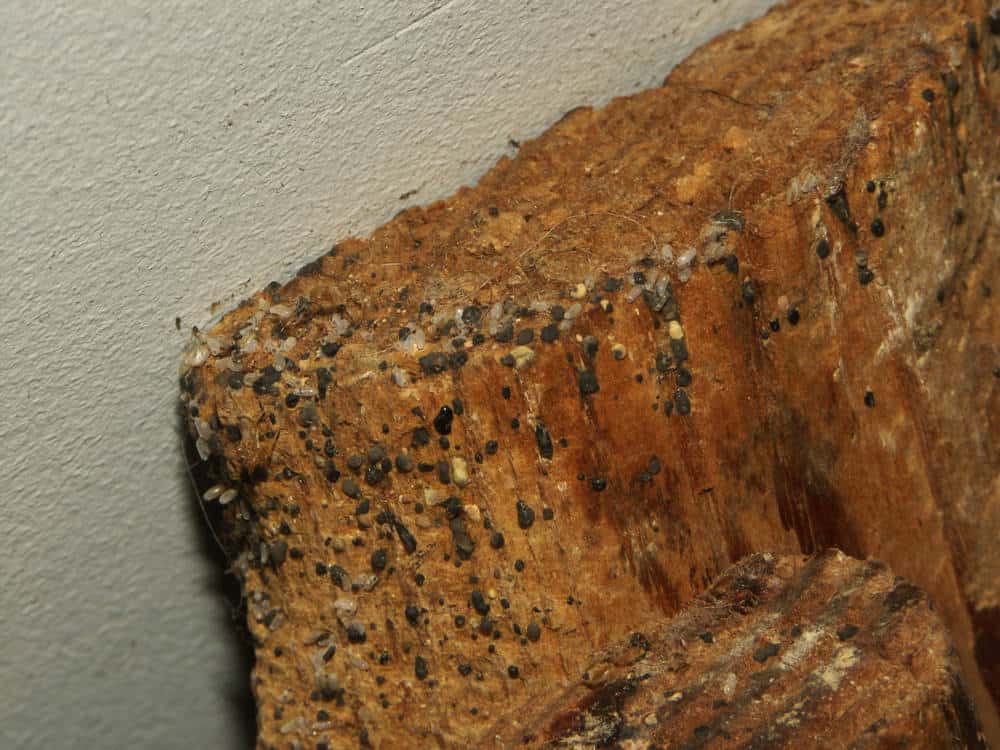
Another important thing to keep in mind is that bed bugs do not know what a bedroom is. They only tend to be found in that particular room because you are likely to lie still and let them feed while you’re sleeping. The truth, however, is that anywhere humans are being still is a potential hiding spot for bed bugs.
They may be in living room furniture where you sit to watch long movies or read. You may even encounter them at places you go out, like restaurants, schools, libraries, or movie theaters.
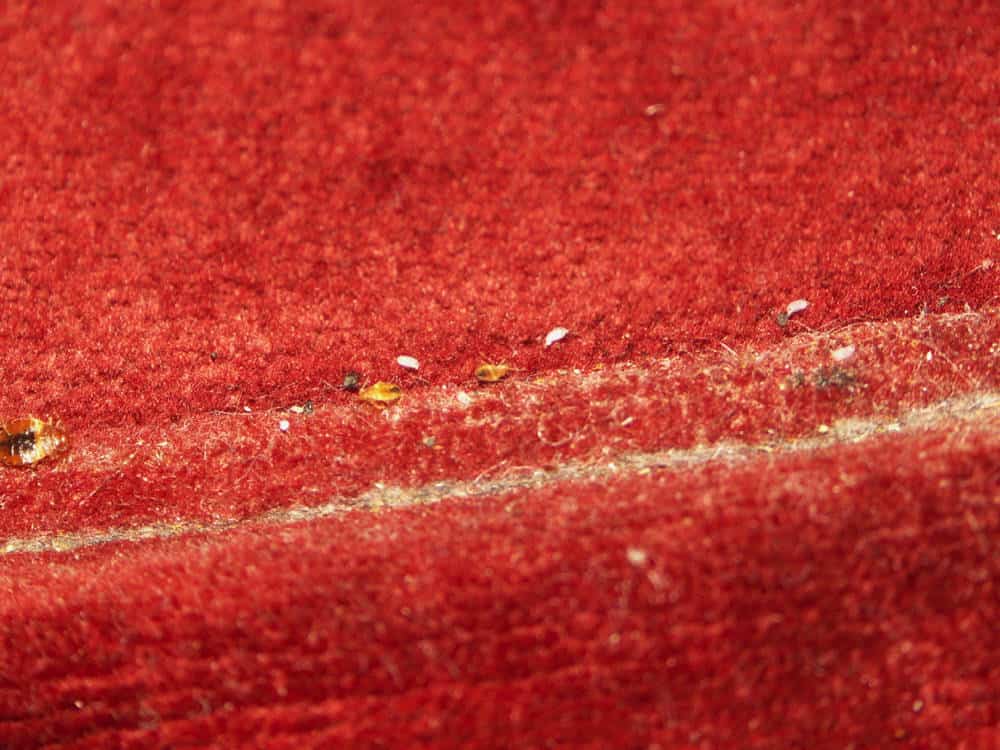
Bed bugs will hitchhike
Speaking of places outside your home where you may encounter bed bugs, you should know that bed bugs can travel to your home from these places. No, they don’t usually take a ride on your body. That’s not their style.
What bed bugs will do, however, is find their way into your suitcase or bag and hitchhike back to your place. Bed bugs can go long periods without a meal, so don’t think that they will starve before making themselves at home after traveling. It doesn’t take a whole colony of bed bugs for an infestation to begin, so don’t think you’re entirely in the clear if you only find one bed bug. They’re really good breeders.
Do Bed Bugs Make Nests?
Technically speaking, bed bugs do not make nests. That is, they do not build living structures the way ants or bees do. That means that what you are looking for when seeking out bed bug hiding spots is not a structure, like an anthill or hive. Instead, bed bug “nests” are just areas where many bed bugs congregate together for reproducing and laying eggs.
You may be able to find a bed bug nest by shining a light into the area you think they are hiding. Most of the time, bed bugs will be in the nest while they are not feeding. Although they are small, you should be able to see the adults. Eggs and nymphs, however, tend to be translucent and difficult to see.
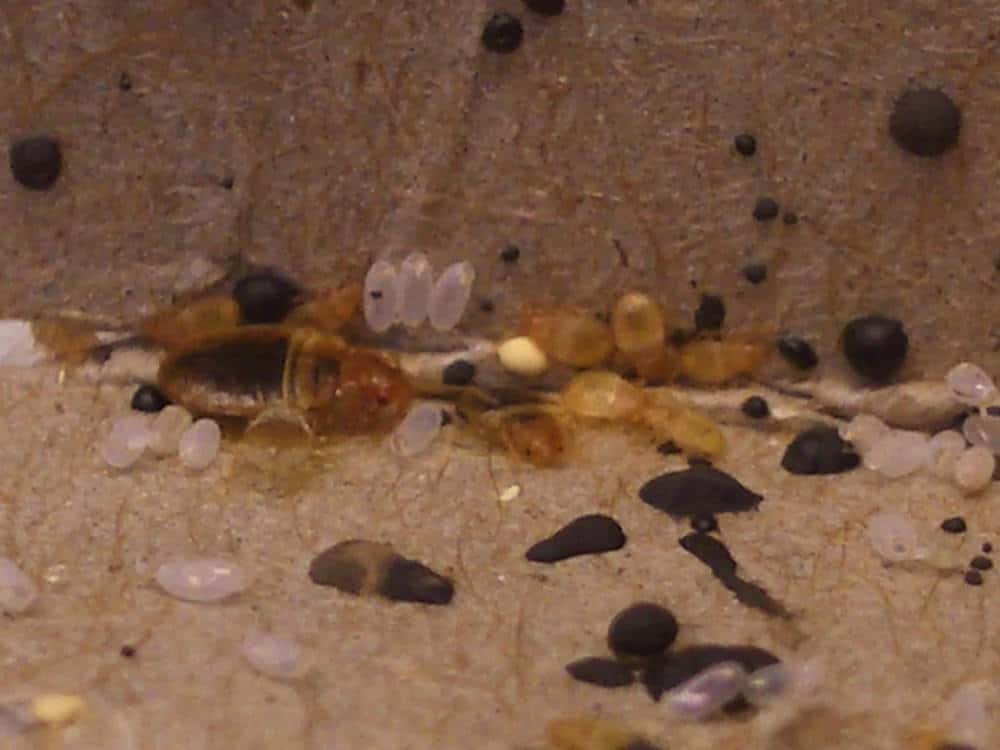
If you suspect that you have a bed bug nest in your home, the first room to search is the place where you’ve seen bed bug activity. If you’ve spotted a bug or their excrement in a particular area, then they are probably hiding close by. It’s also important to note, however, that if you find a bed bug nest, that doesn’t mean it’s the only one in your home. Again, they breed extremely fast.
Is anywhere safe?
There are, in fact, a few rooms of the house where it’s unusual to find bed bug activity. Kitchens are not typical areas for bed bugs. They don’t eat any of your food, like some other insects might. Unless you sit still for long periods in your kitchen, you don’t present good meal options for bed bugs there.
Bathrooms are another room where you’re usually safe from bed bugs. When you start treatment, the bathrooms probably won’t require much, if any, work.
Garages, unfinished basements, and other seldom-used rooms are also unlikely bed bug hideouts. That’s not to say they can’t build nests in these rooms, but unless they’re your typical lounging areas, it’s not likely.
When Do Bed Bugs Leave Their Hiding Places?
It’s a common misconception that bed bugs are nocturnal and only leave their hiding places at night. That’s not actually the case, though. Bed bugs leave their hiding places when they’re hungry and they sense that a meal is nearby. It’s that simple.
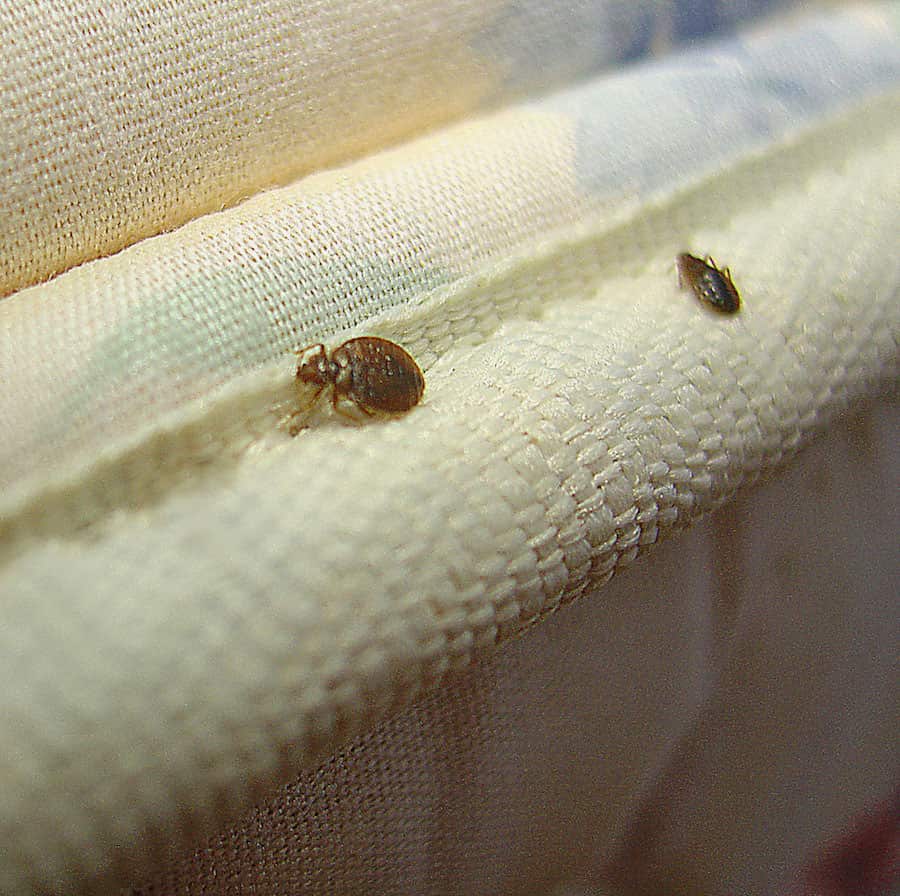
Attempting to adjust your sleeping hours to prevent being bitten will not work.
After the bugs feed, they return to their hiding places to avoid detection and predators. They tend to keep as close to a known food source as possible. The exception is when an infestation grows large, and the bed bugs split up into different areas of the home or building.
How To Get Rid Of Bed Bugs With DIY Treatment Methods
Hiring pest control professionals can be costly, and while it’s usually the best option, there are some preliminary steps you can take to get rid of bed bugs yourself.
1. Carefully bag and wash all of your bedding and clear any clutter around the room. Bed bugs love to hide in piles of clothes, so remove these and wash them before you start cleaning.
3. Use a high-powered vacuum to clean around the bed to take care of stray bugs and eggs. Using a vacuum with a HEPA filter is vital to ensure bed bugs cannot escape once captured. The Shark Navigator Upright Vacuum easily ticks all of the boxes while remaining lightweight and easily maneuverable.
4. Use a specialist, non-toxic bed bug spray to clean your bed-frame, headboard, and surrounding furniture. Bed Bug Patrol Bed Bug Killer is a completely natural spray that has a reported 100% kill rate against live bed bugs in controlled tests, and most importantly, it’s child and pet-friendly.
5. Pull your bed away from the walls and place bed bug interceptor cups under each leg. These will isolate your bed and help to prevent the spread of bed bugs. Additionally, interceptors can serve as tools to help you track progress. Ideally, the interceptors should contain fewer bed bugs every time you empty them. My favorites are these Bed Bug Blocker Interceptor Traps.
6. Using a bed bug mattress protector to encase your mattress will either help to save it if it’s yet to be infested, or otherwise keep bed bugs trapped in and around it until they eventually die of starvation. My favorite is the SureGuard Mattress Encasement which is thick, strong, and will help to stop bed bugs of all sizes from getting to, or from, your mattress. A SureGuard Box Spring Encasement is also available.
7. If you wish to be extremely thorough, specialist bed bug heaters can be purchased to raise household items to a temperature that is sure to kill all bed bugs and eggs. ZappBug is the most popular option, and is designed to automatically reach the all-important killing temperature to eradicate all stages of the bed bugs life cycle. Large and small versions are also available.
Summary
Bed bugs are opportunistic feeders that primarily bite human hosts. Because of this, bed bug nests are most often found close to places where people sleep, lounge, or sit for long periods at work. Armed with this information, you may be able to pinpoint where a bed bug colony is living in your home. This will help you to start an effective pest treatment strategy.

